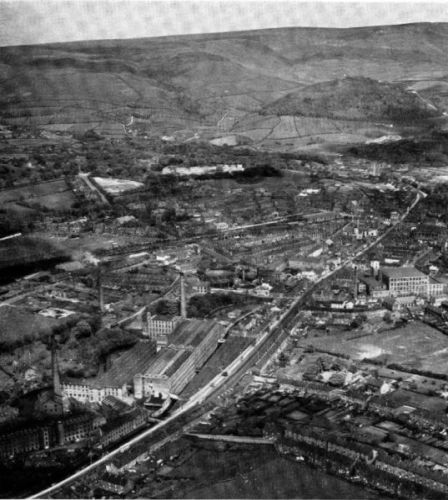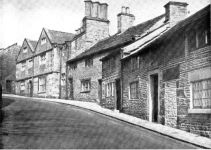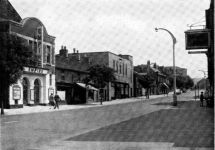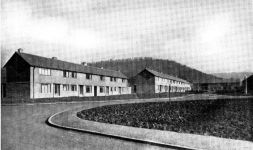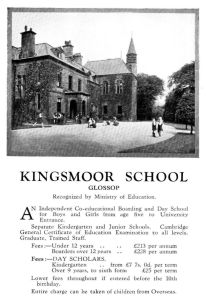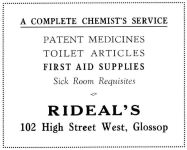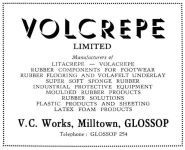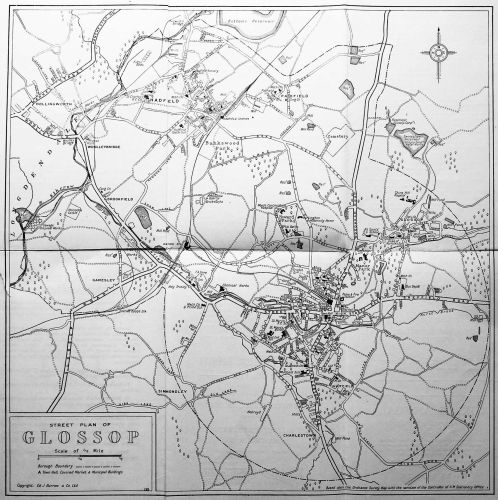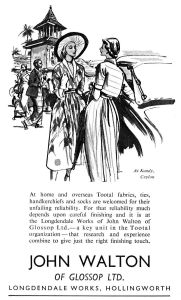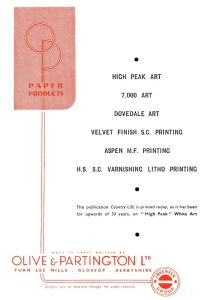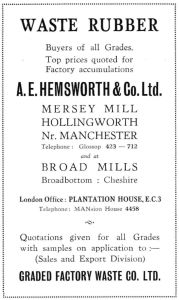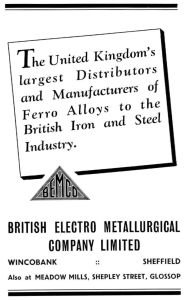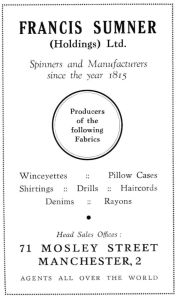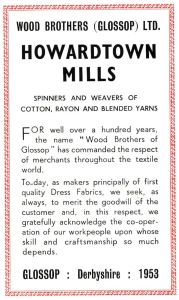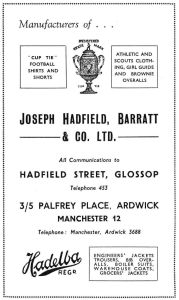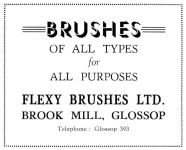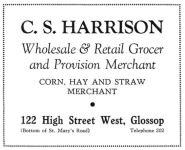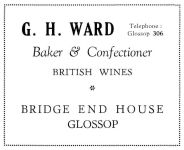| Place Name |
Distance from Glossop in miles |
Description |
| Bakewell |
38 |
a charming old market town on the River Wye, with the tombs of the Manners family in its church. |
| Barnsley |
27 |
market town and centre of the mining area of South Yorkshire. |
| Belle Vue (nearManchester) |
12 |
the largest pleasure ground in the North, containing King’s Hall, zoological gardens, amusements, dancing and greyhound and speedway tracks. |
| Buxton |
15 |
this mountain spa famed for its water in the treatment of rheumatism is one of the highest towns in England, parts of it being 1,000 feet above sea- level. The Pavilion gardens are one of its many interesting features. |
| Castleton |
28 |
famed for its caves, Blue John Mines and Peveril Castle remains. |
| Chapel-en-le-Frith |
10 |
an ancient market town, lying between Hayfield and Buxton, possessing a fine rebuilt 13th century church, an old cross and stocks, and known the world over through the presence of the Ferodo Factory. |
| Chatsworth |
41 |
the stately mansion home of the Dukes of Devonshire. Show house open to the public April to mid- October, at stated times. |
| Edale |
20 |
well-known to ramblers because of the main Sheffield to Manchester railway line running through the valley and for its proximity to Kinder Scout. |
| Eyam |
34 |
situated above Middleton Dale and famed for its connection with the Great Plague of 1666. |
| Great Hucklow |
32 |
the home of L. Du Garde Peach’s Hucklow Players, where they perform in their own theatre, a converted barn. Also a well-known centre for gliding. |
| Haddon Hall |
38 |
ancient castellated home of the Dukes of Rutland and associated with Dorothy Vernon. Open to the public April to October, at stated times. Plainly visible from the Rowsley- Bakewell road. |
| Hathersage |
24 |
a good centre from which to explore the Sheffield side of the Peak district. Charlotte Bronte described the village as “Morton” in “Jane Eyre.” In the churchyard is the reputed grave of Little John, legendary follower of Robin Hood. |
| Hayfield |
5 |
a small town, south of Glossop, manufacturing paper and cotton. It is claimed that the old song, “Come Lassies and Lads” was written in connection with Hayfield Fair. |
| Huddersfield |
24 |
West Riding market town and centre of the wool industry. |
| Lyme Park andHall, Disley |
11 |
the home for centuries of the Leigh family, now the property of the National Trust. Open to the public by their arrangement with Stockport Corporation. |
| Manchester |
14 |
the famed cotton centre and nearest city. For learning, business and pleasure. |
| Matlock |
40 |
holiday spa in the vale of the river Derwent. Known for its caverns and petrifying wells. |
| Sheffield |
25 |
the city of steel and a useful shopping centre. |
| Tideswell |
26 |
pleasant village, famed for its well-dressings and church known as “The Cathedral of the Peak.” |
 Glossop Official Handbook Second Edition circa 1953
Glossop Official Handbook Second Edition circa 1953 Glossop Official Handbook Second Edition circa 1953
Glossop Official Handbook Second Edition circa 1953